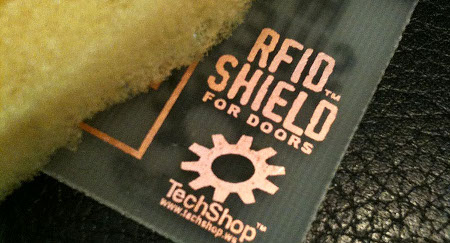So today I discovered two things: I have a transistor in backwards on Uno-version-Dos' drive board and I am out of de-soldering braid. :(
Nevertheless, as the wife was tied up all afternoon today, I was determined to work on robots. I stopped by Trossen Robotics and caught some of the footage of the Mech Warfare event they held at the 2009 RoboGames. Boy, it was really neat. I also caught a note from Alex that indicated they were creating a hexapod league.
It occurred to me that hexapod gaits were simple enough that it might well be a good project for me to get some custom Dynamixel gait code up and running. From there I could branch off and do more complex tasks. Custom gait code is something "I've Been Meaning to Do."(TM).
So, I spent all afternoon assembling the frame below from my Bioloid kits.

Its always shocking to me just how long it takes to do mechanical things. Looking at that pic, I think it should have taken no more than a hour, but it was actually more like four or five hours. Nevertheless, it was a fun afternoon and my head filled with delusions of grandeur as I built it.
I rather like my name too. Its from Eon. I figure I'll wind up letting this bot will ride on a whole line of design flaws, so it seems appropriate.

Nevertheless, as the wife was tied up all afternoon today, I was determined to work on robots. I stopped by Trossen Robotics and caught some of the footage of the Mech Warfare event they held at the 2009 RoboGames. Boy, it was really neat. I also caught a note from Alex that indicated they were creating a hexapod league.
It occurred to me that hexapod gaits were simple enough that it might well be a good project for me to get some custom Dynamixel gait code up and running. From there I could branch off and do more complex tasks. Custom gait code is something "I've Been Meaning to Do."(TM).
So, I spent all afternoon assembling the frame below from my Bioloid kits.

Its always shocking to me just how long it takes to do mechanical things. Looking at that pic, I think it should have taken no more than a hour, but it was actually more like four or five hours. Nevertheless, it was a fun afternoon and my head filled with delusions of grandeur as I built it.
I rather like my name too. Its from Eon. I figure I'll wind up letting this bot will ride on a whole line of design flaws, so it seems appropriate.

















